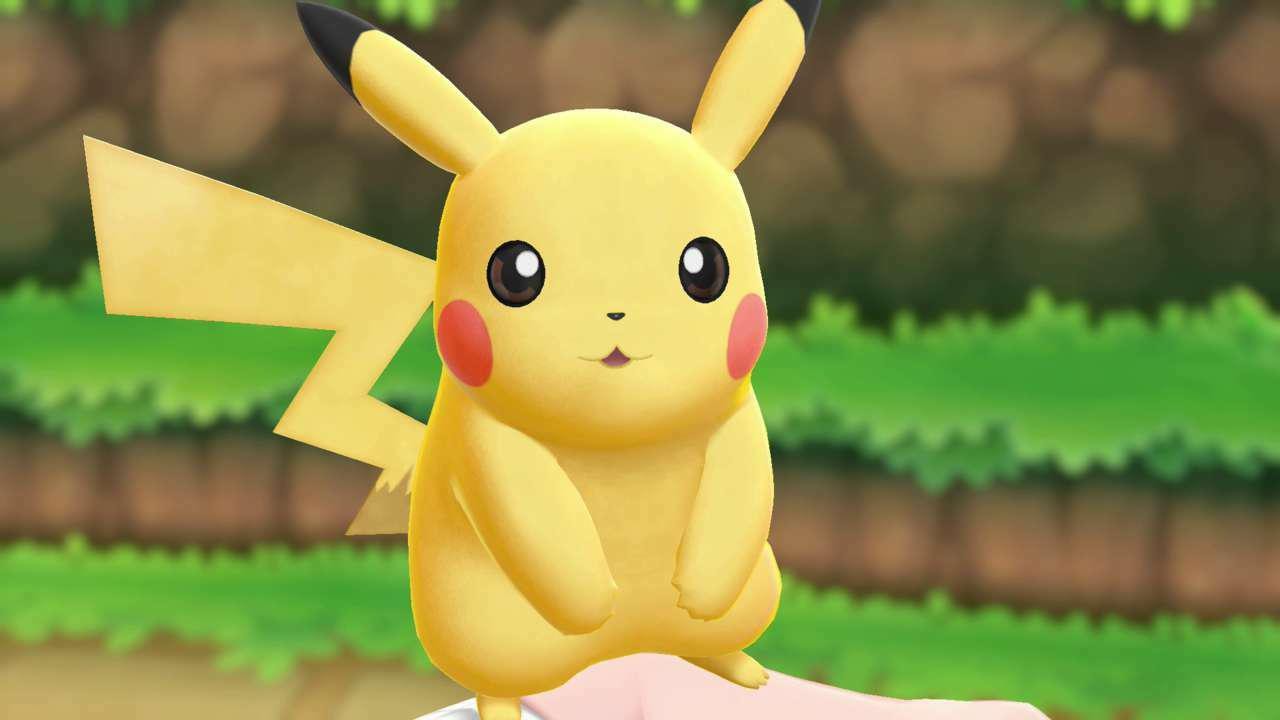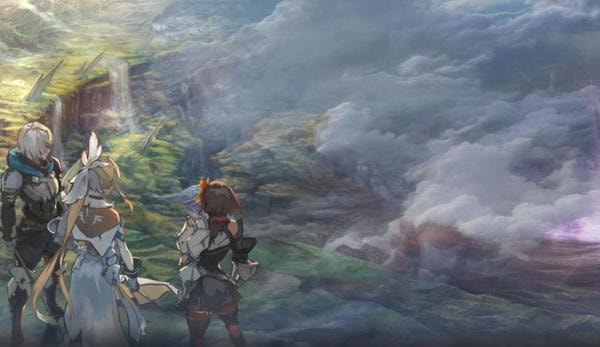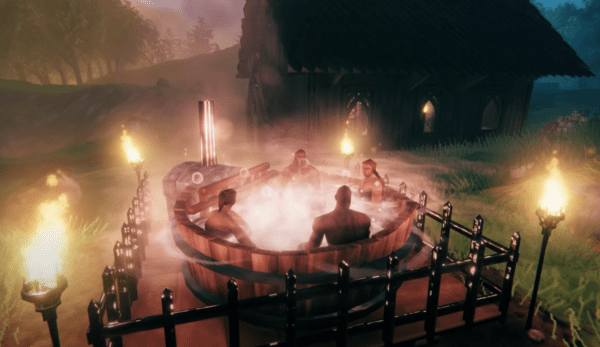
Pokemon almost immediately took the world by storm. The multimedia juggernaut has become known for a wealth of anime cartoons, blockbuster movies, toys, a trading card game, clothing, collectibles, and of course, video games. That's not bad for a humble little Japanese RPG about catching wild creatures. The core of Pokemon has always been the main RPG series, which has attracted a passionate fanbase and even spawned a vibrant tournament scene. Those RPGs have each added new elements and features to the long-running franchise, but some were certainly more influential than others. We took a hard look at every mainline Pokemon game and determined which ones are just a cut above. Here are all of the best Pokemon games, ranked from not very effective to super effective.
10. Pokemon Black and White 2
Pokemon Black and White 2All of the Pokemon games loosely take place within a shared universe, but Black and White 2 is the series' only actual, canonical sequel. Set two years after Pokemon Black and White, these sequels revolve around the reemergence of Team Plasma. Though it took place in the same region, it featured new towns and areas that hadn't been accessible in the first game, and a handful of new mechanics. Those included a Pokemon World Tournament that featured famous trainers from the series' history and a new PokeStar Studio side-game. But while it was an enjoyable follow-up to an already solid Pokemon game, it was a little less novel and didn't represent the usual degree of change that we see in a whole new Pokemon generation.
See our Pokemon Black and White 2 review.
9. Pokemon: Let's Go
Pokemon: Let's GoThis Switch game was something of a warmup while fans eagerly awaited the entirely new generation of Sword and Shield. Pokemon: Let's Go took a cue from the classic Pokemon Yellow, featuring a similar perspective and buddy system. This time your buddy could be Pikachu or Eevee, depending on which version you played. The structure was essentially a remake of the original Pokemon Yellow, so it featured the same original collection of 151 monsters newly rendered in the Switch's high-fidelity style. Let's Go was a cute throwback and a nice way to stay occupied while waiting for the new generation to arrive. It also introduced Pokemon roaming around in the open--a feature that remained in Sword and Shield--and had a streamlined capture system that was pretty similar to Pokemon Go.
See our Pokemon: Let's Go review.
See at Amazon8. Pokemon Black and White
Pokemon Black and WhitePokemon Black and White was the second new entry on the Nintendo DS, following Diamond and Pearl, and included new features like a changing of the seasons that would open up new areas and impact the looks of a couple of Pokemon themselves. You could also take part in Triple Battles with a team of three Pokemon, allowing for some more complex combat tactics like combination moves. Still, this was the fifth generation of a series widely known as very iterative, and the DS had already gotten its new entries, so some players and critics were starting to tire of the formula.
See our Pokemon Black and White review.
7. Pokemon Diamond and Pearl
Pokemon Diamond and PearlPokemon Diamond and Pearl were the other DS entries, and made a bigger splash on the platform due to taking advantage of the new hardware. The core gameplay changes from the rest of the series were minimal, consisting of fine-tuning like adjustments to attack types and the addition of a Pokemon Contests mini-game. But Diamond and Pearl are most notable for the first appearance of the Global Trade Station, or GTS. By taking advantage of the DS' WiFi connection, players from all over the world could connect and trade their captured monsters. Trading has been core to the series' identity from the very beginning, and this was a major innovation that helped realize the concept's full potential. Though the early online steps were clunky and awkward by modern standards, they helped pave the way for Nintendo to continue to iterate with its online trading features. These games are also set to get remakes, titled Brilliant Diamond and Shining Pearl, on the Nintendo Switch later this year.
See our Pokemon Diamond and Pearl review.
Preorder at Amazon6. Pokemon Sun and Moon
Pokemon Sun and MoonThe second Nintendo 3DS Pokemon entries felt notably different from a lot of their predecessors. Perhaps in part because of the new tropical setting based loosely on Hawaii, called Alola, the environment and the look of the characters was vastly different than anything that came before. The game included a few new features as well, like an increased level of character customization. It also brought about new Alolan forms of Pokemon, regional variants of classic faves that, according to the lore, evolved differently based on their environment. That idea would be carried forward in the subsequent Sword and Shield, and it's a popular-enough feature that we'd expect it to continue even further. Sun and Moon were also unique for having been followed up with a pair of enhanced editions, Ultra Sun and Ultra Moon, only a year after their original release.
See our Pokemon Sun and Moon review.
See at Amazon5. Pokemon Sword and Shield
Pokemon Sword and ShieldThe most recent games in the Pokemon canon for Nintendo Switch made some significant changes, some more popular than others. The most controversial change came before the game was even released with the announcement that The Pokemon Company would break with tradition and no longer have support for all prior Pokemon, as the Pokedex had ballooned to massive size. It did add a total of 81 new monsters, as well as 13 regional variants, though.
Sword and Shield traded the previous two games' Mega Evolutions for a new element of growing your Pokemon to kaiju-size using Gigantimaxing--which went hand-in-hand with a new giant raid boss mechanic. The games also introduced the Wild Area, special zones within the game world teeming with visible wild Pokemon roaming free. In the Wild Area, you had free control over the camera to scope out Pokemon and engage them at will for battles and captures.
Pokemon Sword and Shield are also the first Pokemon to introduce large-scale post-launch expansions. The Isle of Armor and The Crown Tundra DLC packs came in the summer and fall after release, respectively, and reintroduced some of the Pokemon that had been removed from the initial game, along with new Pokemon and variants.
See our Pokemon Sword and Shield review.
See at Amazon4. Pokemon Ruby and Sapphire
Pokemon Ruby and SapphireThe Game Boy Advance brought the third generation of Pokemon games, Ruby and Sapphire. By this point, the template had been set for what a new Pokemon game would be: another truckload of monsters to collect, a new story, and some new features. This time, the games got a graphical upgrade from the Game Boy versions, along with Double Battles that use two Pokemon at a time. These versions also brought about Pokemon abilities for further strategic customization. Plus, you could link with up to four players at a time instead of only two. At the same time, some players felt the series was already starting to become rote, and the difficulty importing Pokemon from the previous Game Boy generations caused some stir among fans.
See our Pokemon Omega Ruby and Omega Sapphire review.
See at Amazon3. Pokemon X and Y
Pokemon X and YThe first entries on the 3DS, Pokemon X and Y, were released in 2013 but remained popular for a long time afterward, due to their sheer quality, game balance, and wealth of features. These entries were the first to use a fully 3D presentation, and introduced the new Fairy Pokemon type to help counterbalance the powerful Dragon type. This generation also introduced the new Mega Evolutions, which would let fully evolved Pokemon temporarily take on a special new form. And on top of all that, the games still peppered in new content and quality-of-life features, like sky battles, horde battles, and a Tamagotchi-like mode called Pokemon-Amie. While they stuck to tradition like many other Pokemon games of its era, X and Y were just well-crafted enough that fans didn't mind too much.
See our Pokemon X and Y review.
See at Amazon2. Pokemon Red, Blue, and Yellow
Pokemon Blue, Red, and YellowThe original games that started a global phenomenon. These Game Boy classics lack some of the fit and finish that would come in later iterations of the franchise, but they still hold up incredibly well. All of the major pieces that make a Pokemon game great are present here, including a lengthy monster-catching story, charming chiptune music, a rival character nipping at your heels, and of course, the existence of rare and hard-to-find legendary pokemon. These games set the template for all that was to follow, and included some of the most all-time iconic Pokemon designs, like Charizard, Pikachu, and Gengar.
Pokemon Red and Blue were released first, encouraging the cross-game trading aspect that continues to to be a staple of the series. Pokemon Yellow followed just a year later in America, capitalizing on the massive breakout popularity of Pokemon with an enhanced version that paid direct homage to the popular anime cartoon series. In Yellow, instead of picking your starter Pokemon, you're given a Pikachu just like Ash on TV (though you can obtain the three starters later). Just like in the anime, your starter Pikachu remains his cute little self and never evolves into Raichu. Some of the trainers were also either added or had their appearances changed to more closely resemble the anime series.
See our Pokemon Red/Blue/Yellow review.
1. Pokemon Gold, Silver, and Crystal
Pokemon Gold and SilverNestled between the series' humble beginnings and a feeling of deja vu that set in for many of its sequels, Pokemon Gold and Silver were the sophomore effort that hit the sweet spot for many fans. Released on the Game Boy Color, these sequels brought back all of the original Pokemon from Red and Blue with new enhanced looks, while adding another 100 new pocket monsters to collect. Like Red and Blue, it was heavily reliant on a trading mechanic, with Gold and Silver offering slightly different collections to encourage eager trainers to engage with their community and friends.
But far from a simple retread, Pokemon Gold and Silver introduced almost as many new mechanics and features to the series as the original. Those included a day-night cycle and weekly calendar, so certain Pokemon would only appear at certain times of day or on specific days of the week. Pokemon gained the ability to hold items that would restore health or improve passive stats. Gold and Silver introduced new "Shiny" Pokemon, extremely rare variants with special coloring and enhanced stats. They also added not one but two new pokemon types: Steel and Dark, to counter Poison and Psychic Pokemon, respectively. And they introduced Pokemon breeding, which let players pair their favorite monsters to produce a new egg that would hatch into a Pokemon that inherited stat bonuses from its parents.
Pokemon Gold and Silver remains one of the most content rich iterations in the franchise. In addition to the eight gyms in the Johto region, Gold and Silver took players back to the original Kanto setting for a second set of badges, effectively making the experience feel like two games in one.
Pokemon Gold and Silver are still considered by many fans to be a high-water mark for the series. Like Red and Blue, Gold and Silver received an enhanced version called Pokemon Crystal. This was mostly similar to Gold and Silver, though it had a few notable additions. It let players pick their character's gender for the first time, it added new start-of-battle animations, and it introduced the Battle Tower for a gauntlet of Pokemon bouts. Gold and Silver also received critically acclaimed remakes, Heartgold and Soulsilver, on the Nintendo DS in 2009.
See our Pokemon HeartGold and SoulSilver review.
GameSpot Best Lists and Recommendations
- The Best Nintendo Switch Games
- The Best Xbox Series X Games To Play Right Now
- The Best PS5 Games So Far
- + Show More GameSpot Best Lists and Recommendations Links (1)
- The 25 Best PC Games To Play Right Now





